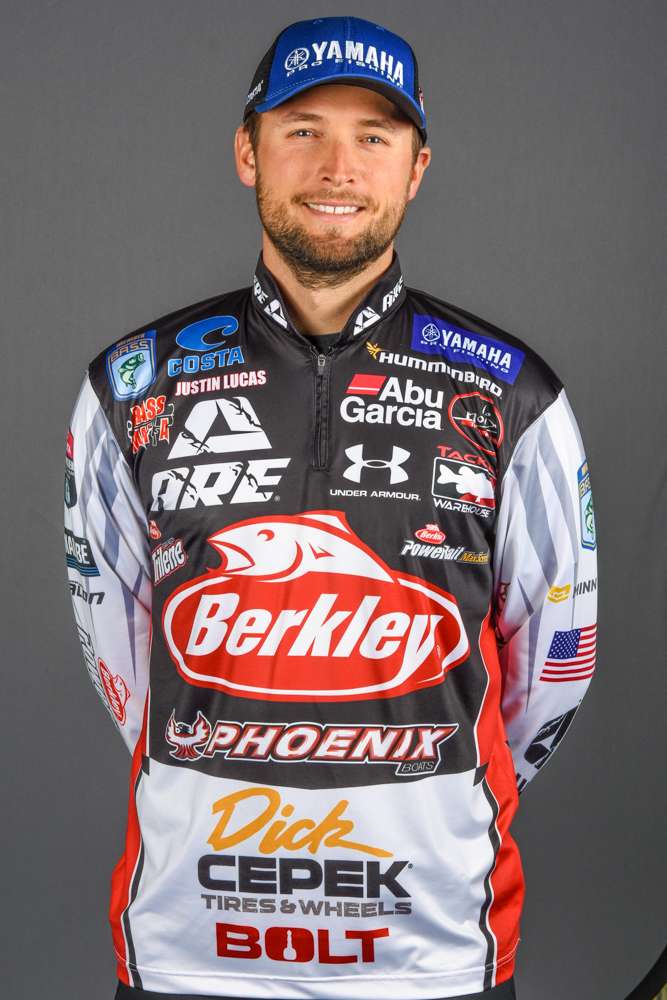To prepare for the Bass Pro Shops Southern Open #1 on Florida’s Lake Toho and the Kissimmee chain of lakes, I decided to spend an extra week down there before the official practice period looking around with a buddy of mine who flew in from California.
After taking a look at Toho, my buddy had one question:
“Where the heck do you start?”
I would imagine that same question goes through many anglers’ minds as they make a long-awaited trip to one of these vast Florida lakes and realize they’re looking for tiny needles in a really big hay stack.
I feel that I’m qualified to answer the question because I’ve probably had some of my most consistent finishes in Florida. Although I have not won an event there, I think I’ve only ever missed a check there once or twice in about 10 tries.
The main thing that I do is identify one or two areas that the bass are using which allows me to spend the majority of my time with the trolling motor down and a rod in my hand. Running and gunning has never worked well for me down there. There’s a lot of dead water on all of those lakes – and if you waste too much time in places where there aren’t anything, you can fish yourself out of a tournament in a hurry. If you’re just fishing for fun, you can burn through your vacation time without much luck.
When practicing on the Florida fisheries, I definitely try to cover a lot of water. But once I get bit in an area, I really try to dissect that area as much as I can.
The three most important factors to me are the type of grass, water clarity and a hard bottom. That’s been really important for me, finding those three things along with some holes and cleared out areas in the grass.
A bass doesn’t just want to live in a field of grass. If there are no holes in the grass – spots for him to sun himself and feed – he’s likely to avoid that area. Those cleared-out areas give bass plenty of ambush points, and they attract everything – all the bait, all the sunfish and bream. Typically those cleared-out areas also have a harder bottom, which gives them a great place to spawn. They will use these types of areas for several months.
The size of the area can vary from an acre up to several acres. But remember, if you’re in a tournament, there’s a good chance you’ll be sharing the larger areas with other anglers. I always try to find a cut-off point for an area where the grass begins choking everything out. I basically try to make a big circle or square with my trails on the mapping of my Lowrance. Once I can find that perimeter, I know where to concentrate my casts and my flips.
During this last tournament, the B.A.S.S. Southern Open #1, I ended up with two areas where I caught all of my weigh-in fish.
The first day, I caught 12 pounds on Kissimmee and then caught a 6-pounder at the end of the day on Toho. That 6-pounder kind of opened my eyes to a new area – some totally new water where I was pretty much just practicing during the tournament.
When I went back down to Kissimmee on Day 2 and didn’t have any bites by 11:30, I knew I had to leave if I was going to salvage a check. So I ran back up to the top end of Toho, put my trolling motor down and started exploring the area. Even though I only caught 9-15, it saved my butt and helped me get a check. I only fell five spots that day instead of 50 or more.
The area that saved me on Toho had a ton of Kissimmee grass around and nothing else, really. Every so often, there were some isolated lily pads mixed with hydrilla, and that’s where I had caught that 6-pounder on Day 1 – off of isolated lily pads. That’s what kind of clued me in.
By the time I got back up there on Day 2, I only had about three hours left to fish. So instead of making any casts to the Kissimmee grass, I just keyed on really small stuff. It could be just two lily pads together. But that allowed me to know exactly where I was going to cast and kept me from wasting a lot of time. I ended up catching about 15 keepers those last three hours.
I caught all of my fish on two different baits. I used a Berkley Havoc Pit Boss Jr., on a 1 1/2-ounce weight to punch with on Kissimmee. Then up on Toho, I was pitching around a Berkley Havoc Bottom Hopper, a 6-inch bait on a 1/4-ounce weight.
There’s probably a lot of people who always hear about Okeechobee or Toho and how great they are. But then they make a trip down there and leave thinking the lake wasn’t as good as they thought.
Trust me, the lakes have plenty of big fish – and if you’ll follow these kinds of tips, it can really help you get the most out of your Florida fishing experience.

